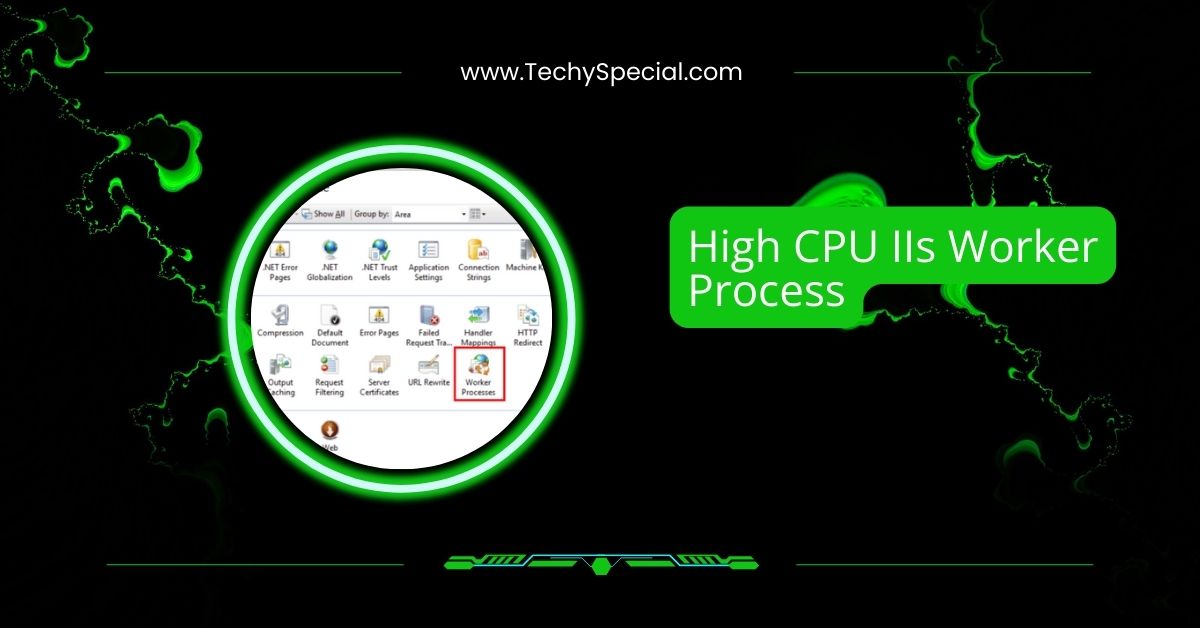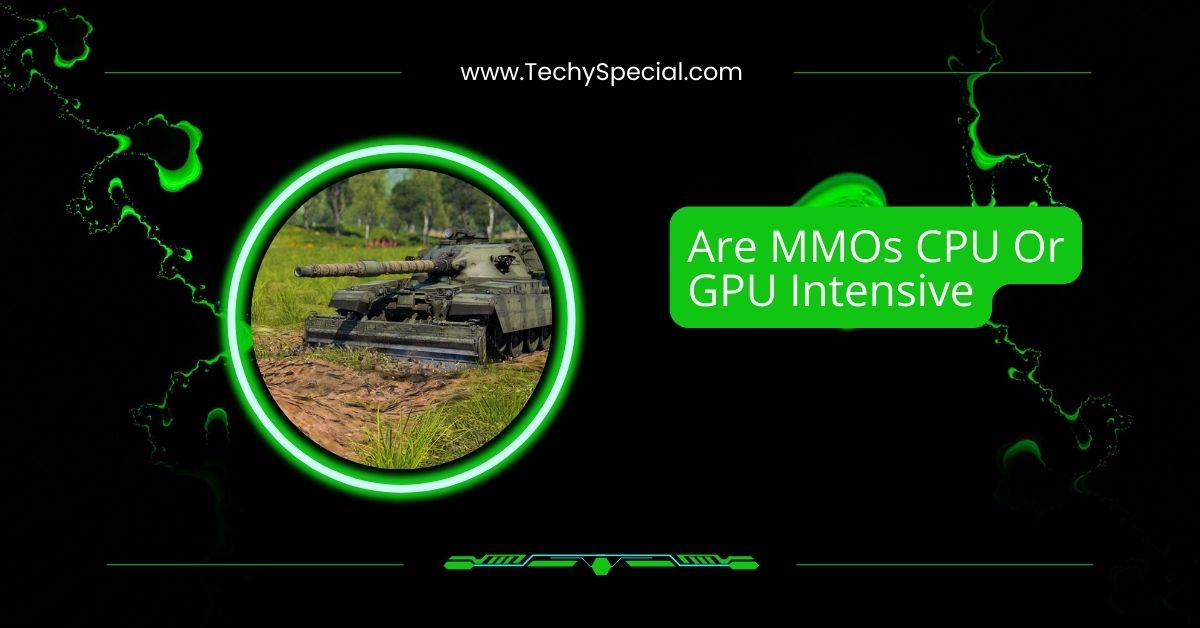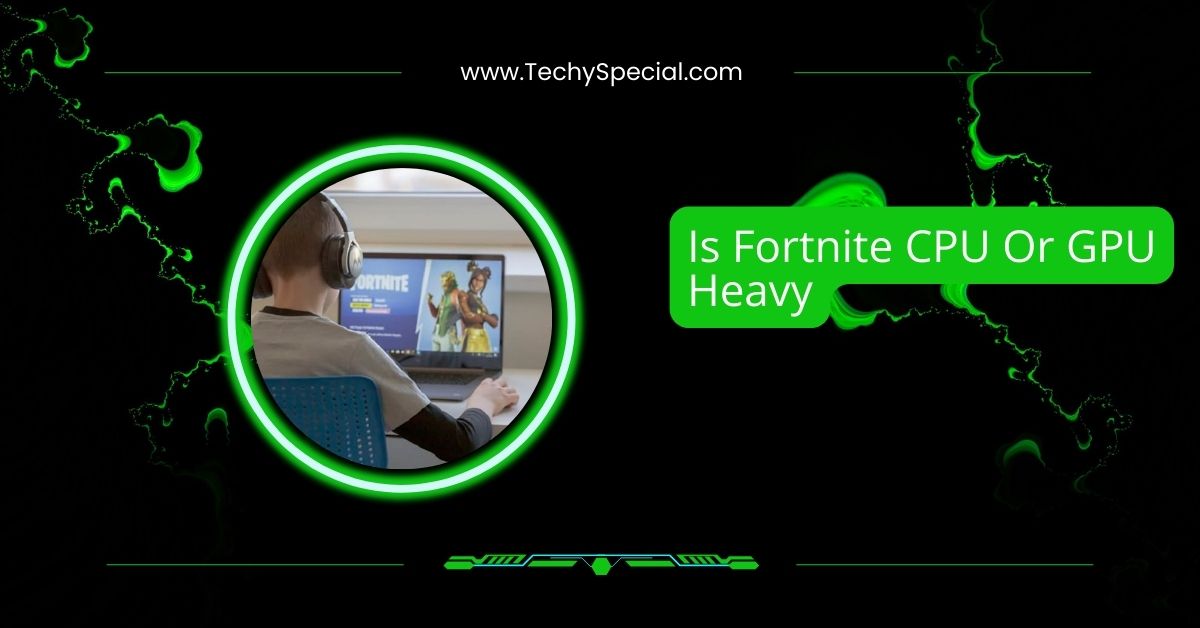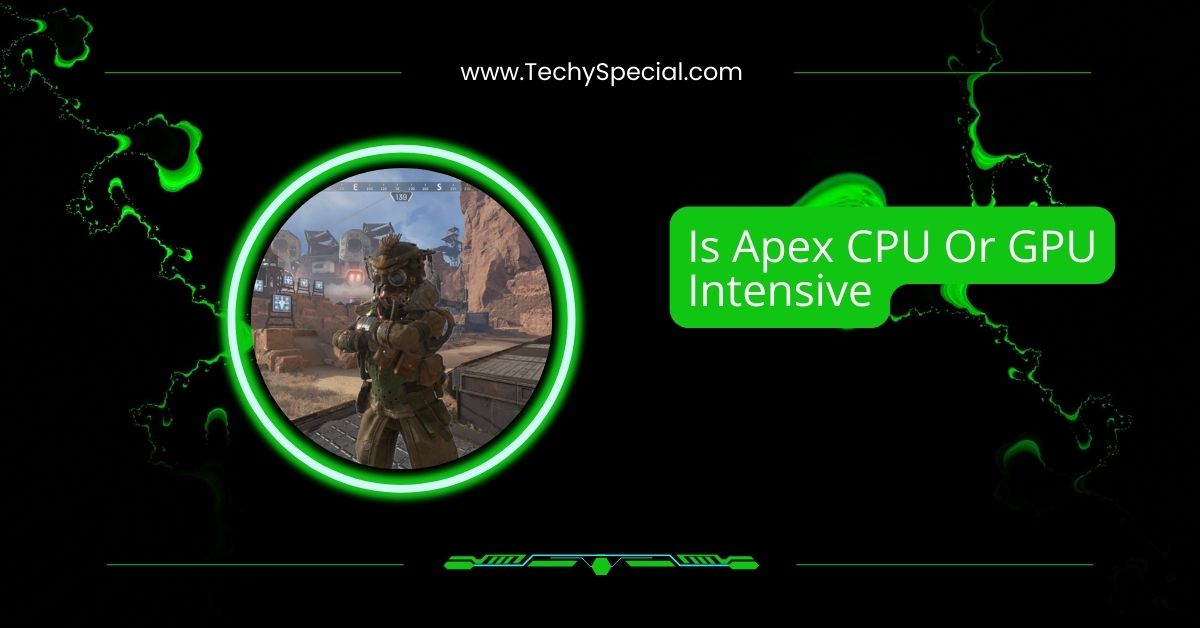Is Rust CPU or GPU heavy? This question puzzles many developers diving into Rust, the powerful programming language known for speed and safety.
Rust is primarily CPU-heavy, relying on the CPU for logic and processing. While graphics use the GPU, the GPU is less critical, making Rust more CPU-intensive than GPU-intensive for most tasks.
In this guide, we’ll explore when Rust leans on the CPU or GPU, how it uses both, and how to optimize performance for your projects. Let’s unravel Rust’s resource usage and help you make informed development choices!
What Is Rust?
Rust is a systems programming language designed for performance, safety, and concurrency. Developed by Mozilla, it’s often used for building high-performance applications like web browsers, game engines, and operating systems. Unlike languages like Python or JavaScript, Rust gives developers fine-grained control over system resources, making it ideal for both CPU and GPU-intensive tasks. Its zero-cost abstractions ensure minimal runtime overhead, but does that make it CPU or GPU heavy? Let’s explore.
When Is Rust GPU Heavy?

Rust isn’t inherently GPU-heavy, but certain tasks push it toward GPU reliance. GPU-intensive scenarios arise when Rust is used for graphics rendering, parallel computations, or machine learning workloads.
For example, game development with Rust often involves GPU-heavy tasks like rendering 3D models or processing shaders. Libraries like wgpu or vulkano enable Rust to tap into GPU power, making it GPU-heavy in such cases.
What Makes Rust CPU or GPU Heavy?
Several factors determine whether Rust leans on the CPU or GPU:
- Workload Type: CPU-heavy tasks include logic processing, memory management, or file operations. GPU-heavy tasks involve parallel computations or graphics rendering.
- Libraries Used: Libraries like rayon for parallelism can stress the CPU, while cuda-rust or wgpu shift the load to the GPU.
- Application Domain: Systems programming (e.g., OS development) is CPU-intensive, while game development or data visualization is often GPU-intensive.
- Hardware: A powerful GPU can offload tasks from the CPU, altering Rust’s resource usage.
Understanding your project’s needs helps determine whether Rust will be CPU or GPU heavy.
Is Rust CPU or GPU Heavy?
The answer depends on your use case. Rust itself is neither strictly CPU nor GPU heavy—it’s flexible. For CPU-intensive tasks like building a web server with actix-web, Rust relies heavily on the CPU for request handling and logic. Conversely, GPU-intensive tasks like rendering in a game engine (e.g., Bevy) make Rust GPU-heavy. In mixed workloads, Rust can balance both, leveraging its concurrency features to optimize performance.
How Does Rust Use the GPU?

Rust interacts with the GPU through specialized libraries and techniques. Here’s how:
1. Using GPU Libraries:
Libraries like wgpu, vulkano, or cuda-rust allow Rust to harness GPU power. For instance, wgpu provides a cross-platform API for graphics and compute tasks, making it easier to write GPU-accelerated code. These libraries are crucial for tasks requiring high parallelism or rendering.
2. Parallel Processing:
Rust’s concurrency model, combined with GPU libraries, enables parallel processing. For example, machine learning frameworks like tch-rs (Rust’s PyTorch binding) use GPUs for matrix operations, speeding up computations significantly.
3. Graphics Rendering:
Game development in Rust often involves GPU-intensive rendering. Libraries like Bevy or Amethyst use GPUs to handle shaders, textures, and real-time graphics, making Rust GPU-heavy in these scenarios.
Why Consider GPU Programming in Rust?
GPU programming in Rust offers several advantages, especially for USA developers working on cutting-edge tech. Here’s why:
1. Faster Processing:
GPUs excel at parallel tasks, making Rust ideal for data-intensive applications like machine learning or scientific simulations.
2. Improved Efficiency:
Rust’s memory safety ensures efficient GPU resource usage, reducing bugs and crashes in GPU-heavy applications.
3. Advanced Capabilities:
GPU programming unlocks capabilities like real-time ray tracing or high-resolution rendering, critical for gaming and visualization.
4. Safety and Performance:
Rust’s strict compiler checks prevent common GPU programming errors, ensuring both safety and high performance.
How to Optimize Rust for Better Performance?
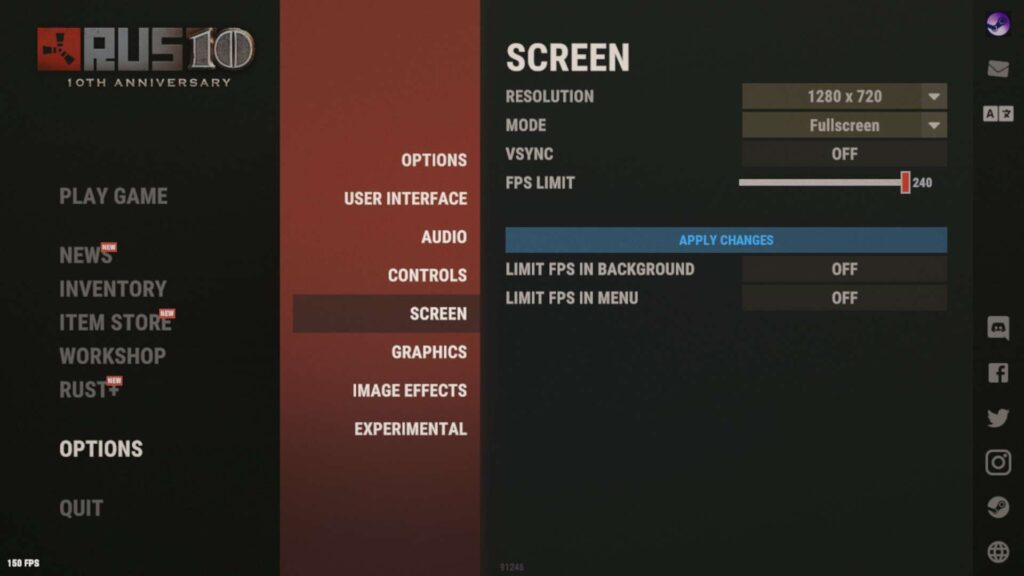
To make Rust perform efficiently, whether CPU or GPU heavy, follow these tips:
- Profile Your Code: Use tools like cargo-flamegraph to identify bottlenecks.
- Leverage Concurrency: Use rayon for CPU parallelism or wgpu for GPU tasks.
- Optimize Memory Usage: Rust’s ownership model helps, but avoid unnecessary allocations.
- Choose the Right Libraries: Pick libraries optimized for your hardware (e.g., vulkano for Vulkan-compatible GPUs).
- Test on Target Hardware: Performance varies across CPUs and GPUs, so test on your target systems.
Is Rust More CPU or GPU Intensive?
Rust’s intensity depends on the task. CPU-intensive tasks include compiling Rust code (which is notoriously CPU-heavy due to its complex compiler) or running logic-heavy applications. GPU-intensive tasks arise in graphics or parallel computing. For most developers, Rust is more CPU-intensive during development and testing but can be GPU-intensive in production for specific workloads.
How Can I Improve Rust’s Performance?
Improving Rust’s performance involves both code and hardware considerations:
- Use Release Builds: cargo build –release optimizes for speed.
- Enable SIMD: Use std::simd for CPU vectorization.
- Offload to GPU: For parallel tasks, shift computations to the GPU using wgpu or cuda-rust.
- Tune Compiler Flags: Adjust Cargo.toml for optimizations like lto = true.
- Update Dependencies: Keep libraries like wgpu or rayon up to date for performance improvements.
When Should I Use Rust’s GPU Features?
Use Rust’s GPU features when your project involves:
- Graphics: Building games or visualizations with Bevy or wgpu.
- Parallel Computing: Machine learning, scientific simulations, or cryptocurrency mining.
- Real-Time Processing: Applications requiring low-latency rendering, like VR or AR.
If your project is logic-heavy (e.g., a CLI tool), stick to CPU-focused Rust.
Can Rust Use Both CPU and GPU?
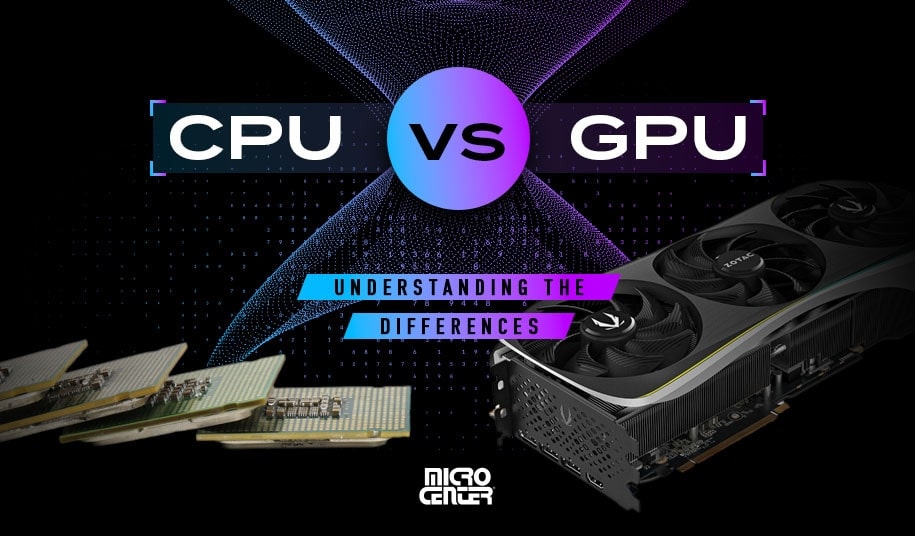
Yes, Rust can leverage both CPU and GPU simultaneously. For example, a game built with Bevy might use the CPU for game logic (e.g., physics calculations) and the GPU for rendering. Rust’s concurrency features, like async/await or rayon, make it easy to balance CPU and GPU workloads, ensuring optimal performance.
Is Rust Better for CPU-Intensive Tasks Than GPU-Intensive Tasks?
Rust excels in both, but it’s particularly strong for CPU-intensive tasks due to its systems programming roots. Tasks like OS development or web servers benefit from Rust’s fine-grained control over CPU resources. However, with the right libraries, Rust is equally capable for GPU-intensive tasks like gaming or machine learning. It’s more about your project than Rust’s limitations.
Does Rust’s Performance Vary with Different CPUs?
Yes, Rust’s performance depends on CPU architecture, clock speed, and core count. For example:
- Multi-Core CPUs: Rust’s rayon library shines on multi-core CPUs for parallel tasks.
- High Clock Speeds: Benefit compilation and single-threaded tasks.
- Modern Architectures: CPUs with AVX or SIMD support boost Rust’s numerical computations.
Test your Rust code on target CPUs to ensure consistent performance.
Is Rust’s GPU Support Good for Gaming?
Rust’s GPU support is excellent for gaming, especially with libraries like Bevy and wgpu. These tools provide high-performance rendering and cross-platform compatibility, making Rust a strong choice for indie game developers in the USA. Rust’s safety guarantees also reduce bugs in complex game engines, improving reliability.
Does Rust Need a Powerful CPU?
Rust doesn’t require a powerful CPU, but a stronger CPU improves compilation speed and runtime performance for CPU-intensive tasks. For development, a mid-range CPU (e.g., Intel i5 or AMD Ryzen 5) is sufficient. For production, CPU requirements depend on the application—web servers need more CPU power than simple CLI tools.
Can Rust Handle High-Resolution Graphics Well?
Yes, Rust handles high-resolution graphics exceptionally well, especially in game development or visualization. Libraries like wgpu and vulkano support modern graphics APIs (Vulkan, DirectX, Metal), enabling Rust to render 4K or even 8K graphics efficiently. Pair Rust with a powerful GPU for the best results.
Is Rust CPU or GPU Heavy for Gaming?
Rust is primarily CPU-heavy for gaming. It relies on the CPU for physics, AI, and world processing. The GPU handles graphics, but a strong CPU is crucial for smooth gameplay, especially on busy servers.
Is Rust CPU or GPU Heavy for Laptop?
Rust is CPU-heavy on laptops, stressing the processor for game logic and calculations. The GPU manages visuals, but a weaker laptop CPU can cause lag. Upgrade your CPU or lower settings for better performance.
Is CS2 CPU or GPU Intensive?
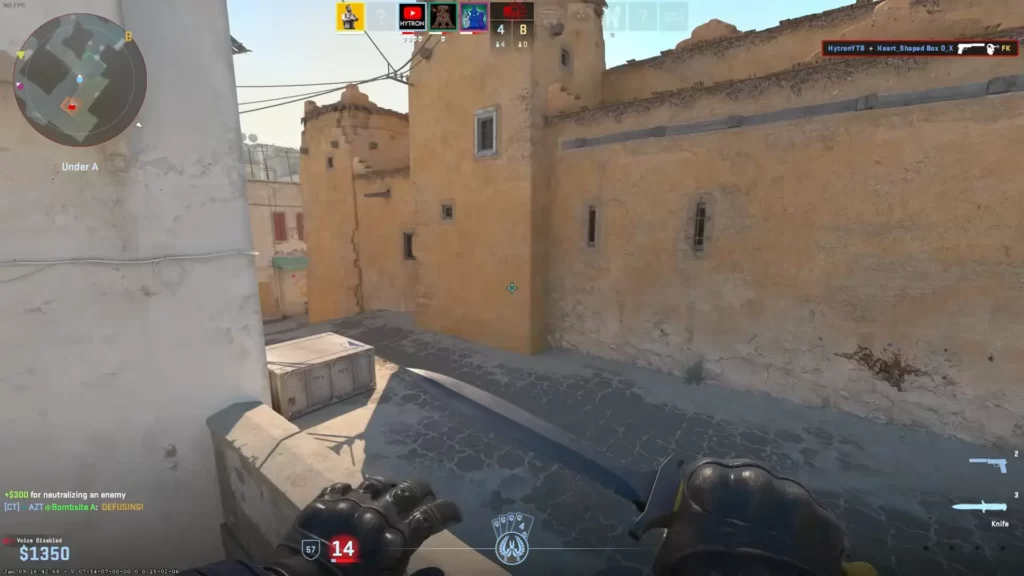
CS2 (Counter-Strike 2) is mostly CPU-intensive. The CPU handles player movements, game logic, and physics. The GPU renders visuals, but a powerful CPU ensures smooth gameplay, especially in competitive matches with high frame rates.
Is Fortnite CPU or GPU Heavy?
Fortnite is more GPU-heavy due to its vibrant graphics and rendering demands. The CPU handles game logic, but a strong GPU is key for high FPS and smooth visuals, especially in crowded battle royale matches.
Is Siege a CPU or GPU Game?
Rainbow Six Siege is CPU-intensive. The CPU manages complex physics, destruction, and player interactions. The GPU handles graphics, but a robust CPU is essential for stable performance in intense multiplayer matches with dynamic environments.
Why Is Rust CPU Intensive?
Rust is CPU-intensive because it processes complex game logic, player interactions, physics, and server calculations. The CPU handles AI, world updates, and multiplayer syncing, making it critical for smooth gameplay over the GPU’s graphics role.
FAQs
Is Rust CPU or GPU Demanding?
Rust is mainly CPU-demanding, handling game logic and physics. The GPU renders graphics, but a strong CPU prevents lag.
Does Rust Require a Good GPU?
Rust needs a decent GPU for smooth graphics, but the CPU matters more for gameplay stability and server performance.
Why Is FPS on Rust So Bad?
Low FPS in Rust often stems from a weak CPU struggling with physics, AI, and server load, not the GPU.
Is Rust a Performance Heavy Game?
Yes, Rust is performance-heavy, taxing the CPU with complex logic, multiplayer syncing, and physics, requiring a powerful PC setup.
Why Is Rust PC So Laggy?
Rust lags on PC due to high CPU demands for AI, physics, and server calculations, especially on crowded servers.
Conclusion
It’s mostly CPU-heavy, excelling in logic and physics, though GPU-intensive for graphics tasks like gaming. Rust’s flexibility shines with proper optimization. USA developers, leverage Rust’s power for your projects! Share your Rust experiences below!


